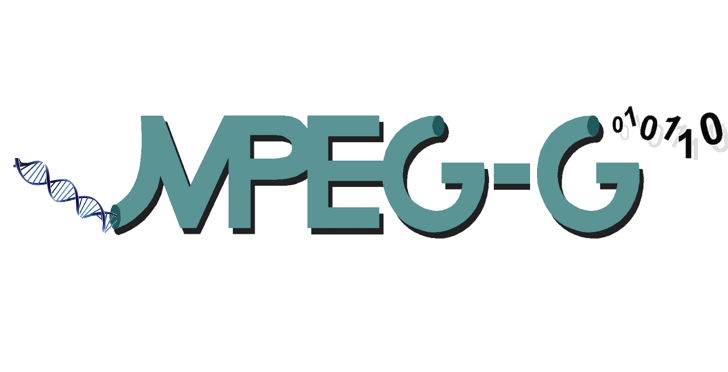MPEG-G: leveraging the use of genomic information
The development and rapid progress of high-throughput sequencing (HTS) technologies has the potential of enabling the use of genomic information as an everyday practice in several fields. With the release of the latest HTS machines the cost of a whole genome sequencing for a human genome has dropped to merely US $1,000. It is expected that within the next few years such cost could drop to about US $100. Such achievements in the reduction of sequencing costs opened the doors to personalized medicine, where the genomic information of patients can be sequenced and analyzed as frequently as done today for standard blood tests. However, the ever-growing volume of sequencing data is already a serious obstacle to the wider diffusion of sequencing in public health. The associated IT costs, related to storing, transmitting and processing the large volumes of data, will soon largely exceed the costs of sequencing. The lack of appropriate representations and efficient compression technologies is widely recognized as a critical element limiting the potential of genomic data usage for scientific and public health purposes [1].
The MPEG-G standard is currently the largest coordinated and international effort addressing the problems and limitations of current technologies and products towards a truly efficient and economical handling of genomic information. MPEG-G utilizes the latest technology to compress and transport sequencing data for complex use cases that are currently not supported by existing formats. Notable use cases addressed by MPEG-G include:
- Selective access to compressed data
- Data streaming
- Compressed file concatenation
- Genomic studies aggregation
- Enforcement of privacy rules
- Selective encryption of sequencing data and metadata
- Annotation and linkage of genomic segments
- Interoperability with main existing technologies and legacy formats
- Incremental update of sequencing data and metadata
This white paper summarizes the objectives and the benefits of the upcoming MPEG-G standard by providing:
- a brief description of the requirements and the methodology used to develop the various parts of the MPEG-G standard,
- an exemplary overview of the current MPEG-G compression performance,
- an introduction to the main technical features of MPEG-G,
- a summary of possible applications and usage scenarios of the MPEG-G standard.
Read the full White Paper here: Objectives and Benefits of MPEG-G





